Guizhou Echo | 打卡地+1,来乌江寨沉浸式体验非遗

遵义乌江寨集文旅休闲为一体,
Culture and leisure are found here,
是游客旅居贵州的必经站点。
it's a stop that can't be missed for visitors.
青山隐隐水迢迢,
The mountains are hidden and the water extends along.
万物萌发之时,
When everything is sprouting,
二月春风焕发了冬日蛰居的乌江寨。
dormant Wujiang Village Resort is wakened.
乌江寨的春天别具一格,
Spring is distinctive in Wujiang Village Resort,
进入一两个店铺,
when you randomly step-in a shop,
除了鲜花、玩偶、油伞,
besides flowers, dolls and umbrellas,
还有一系列非遗技艺项目让游客体验。
you will find intangible artistry.
传统手艺蕴含着文化的脉络,
Crafts hold the thread of culture,
在匠人们的守护中,
in the guardianship of the artisans,
游客们在山水之美中造物守艺,
and visitors create arts in beautiful nature,
共续非遗魅力。
to carry on charm of the intangible heritage.
01 草木染·草木染色浓如绮
Natural Dye
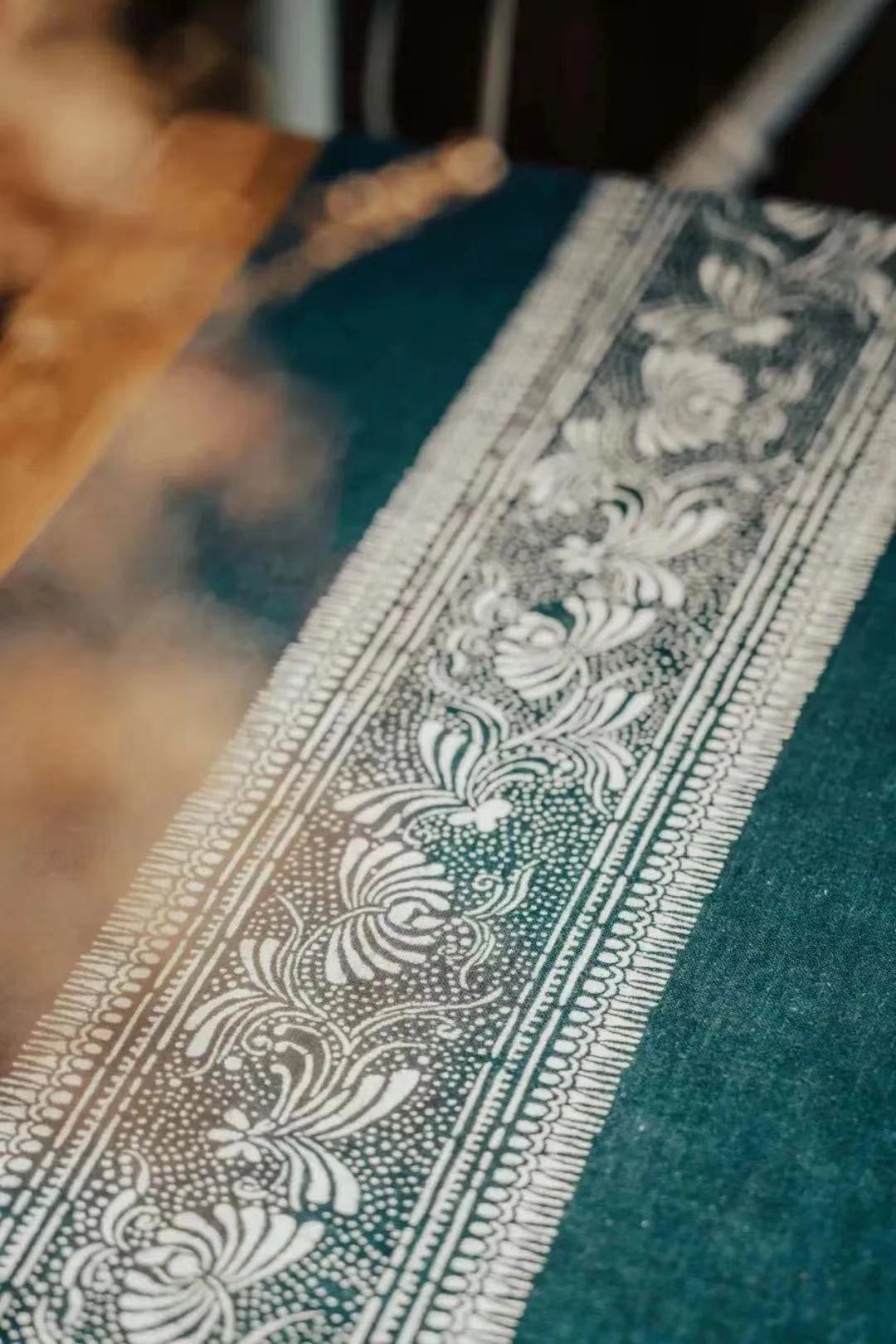
非遗传承项目草木染也称作植物染,这项古老的工艺利用植物的根、叶、以及枝、皮,经过提取、制液、上色等一系列工序在织物上进行染色。
This ancient craft uses the roots, leaves, branches and bark of plants to dye, with a series of processes such as extraction, liquid production and colouring gone through.
浸湿后的布料在水中沉淀,再在阳光晒干后着色而固定,最终形成独特图案和成色的布料。
After soaking, the fabric is dried under the sun. While the color will be fixed, the fabric has a unique pattern and colour.
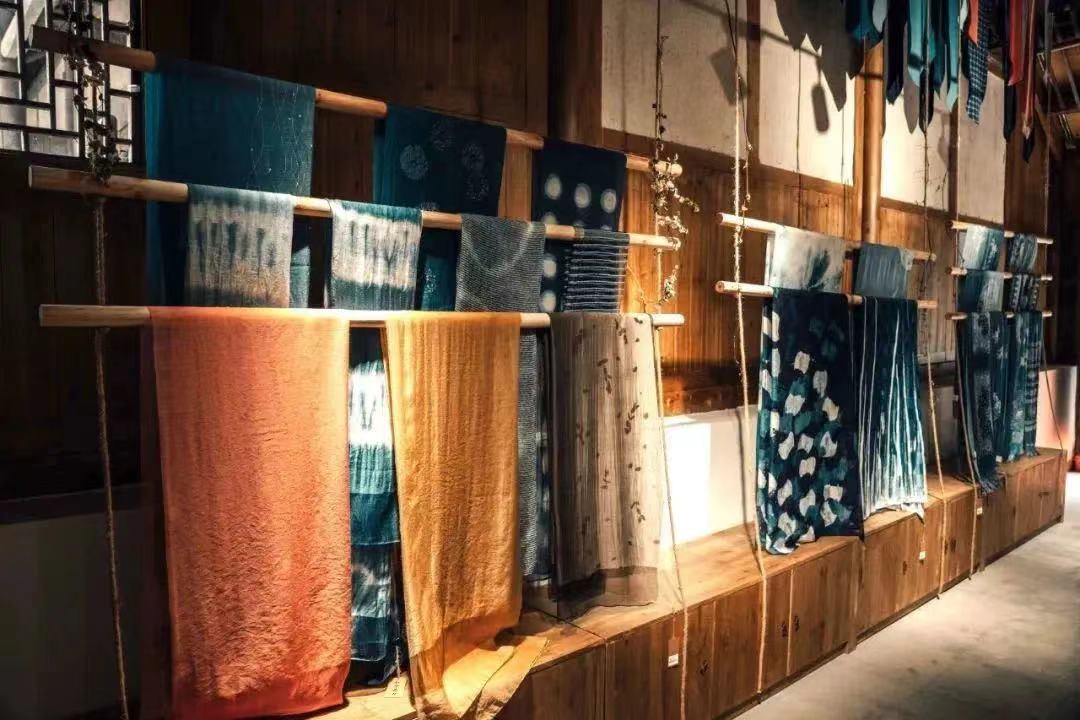 草木染中蓝色多取自蓝草
草木染中蓝色多取自蓝草
Indigo is sourced from blue grass.
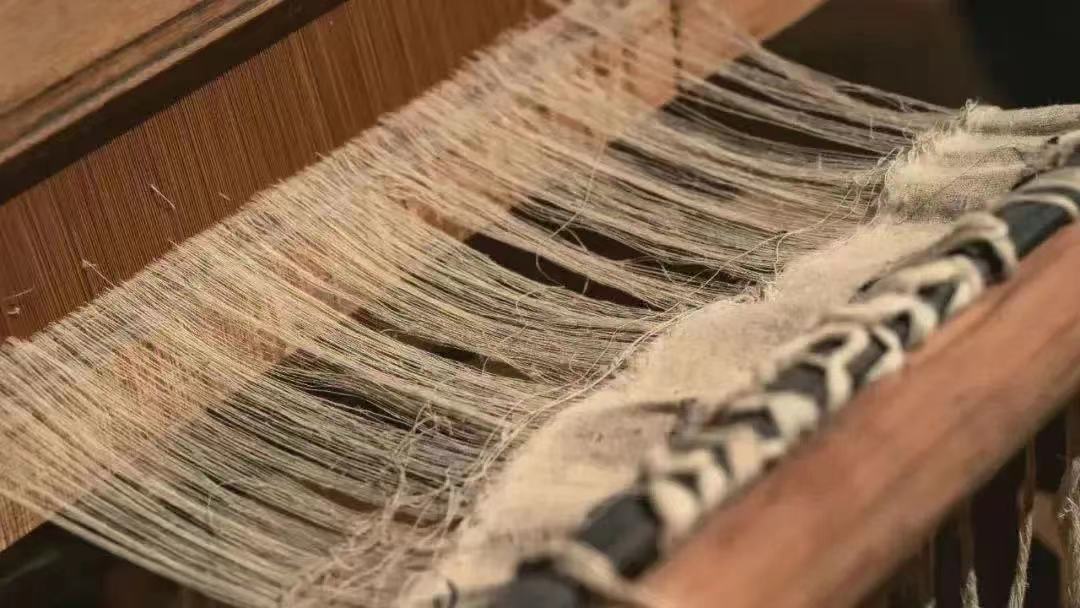 布料一般采取天然植物纤维
布料一般采取天然植物纤维
Fabric usually is sourced form the natural fiber.
草木染历史最早可追溯到旧石器时代,在新石器时代,人们开始使用天然植物染料。
The history of this craft can be traced back as far as the Paleolithic era, and in the Neolithic era, people began to use natural plant dyes.
地址:乌江寨和平染坊-织蓝街2号
Address: No.2 Zhilan St., Wujiang Village Resort
02 竹编·青竹皆化形
Bamboo Weaving
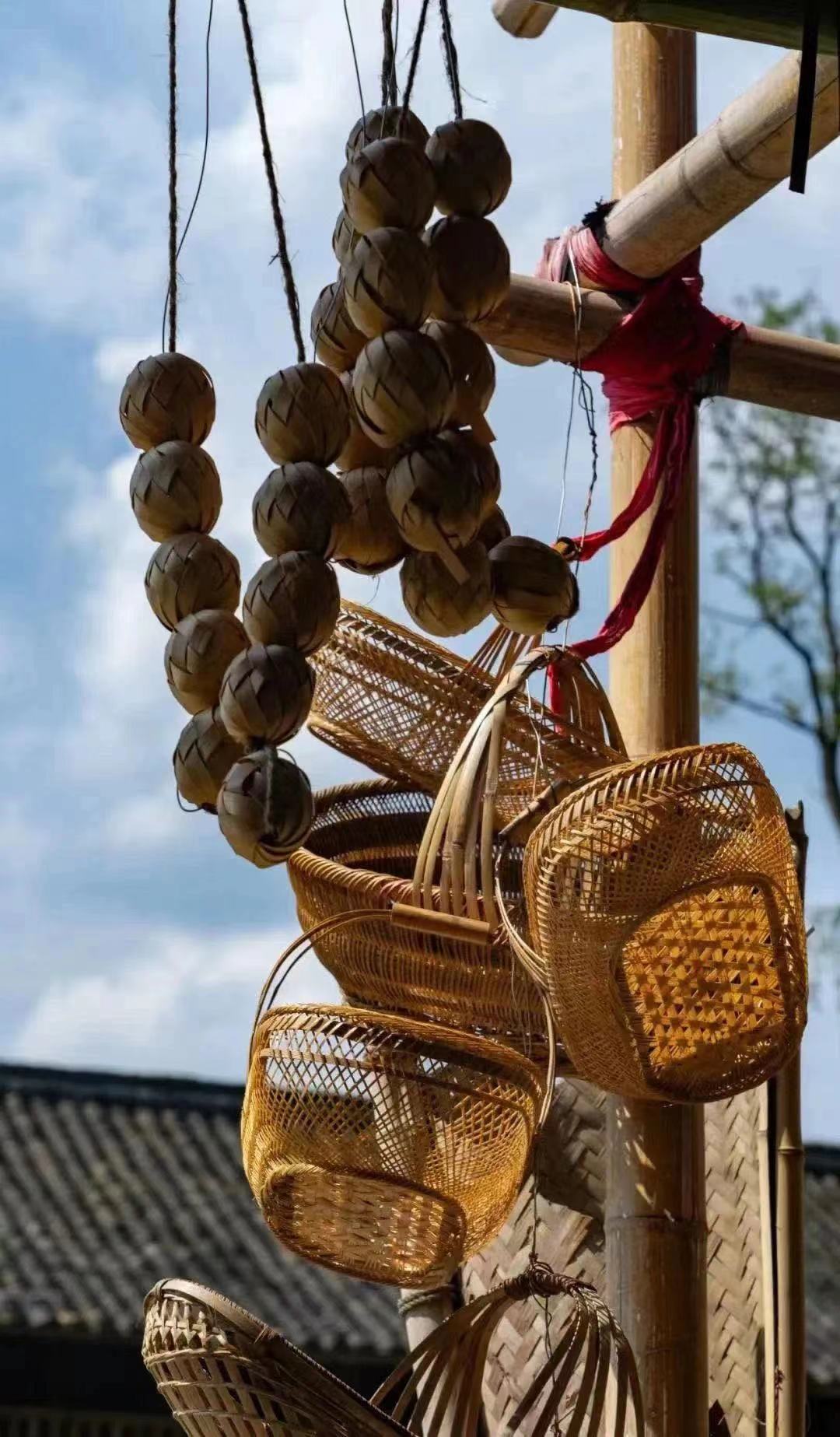
早在新石器时代,竹子因其干脆利落,富有弹性和韧性,易编易织,且坚固耐用的特点,成为了当时器皿编制的主要材料。
As early as the Neolithic period, bamboos became the main material for the preparation of vessels due to its dryness, elasticity, sturdiness and resilience. Bamboos are ease of weaving.
殷商时代,竹藤的编织纹样丰富起来。
During the Shang Dynasties, more weaving patterns appeared.
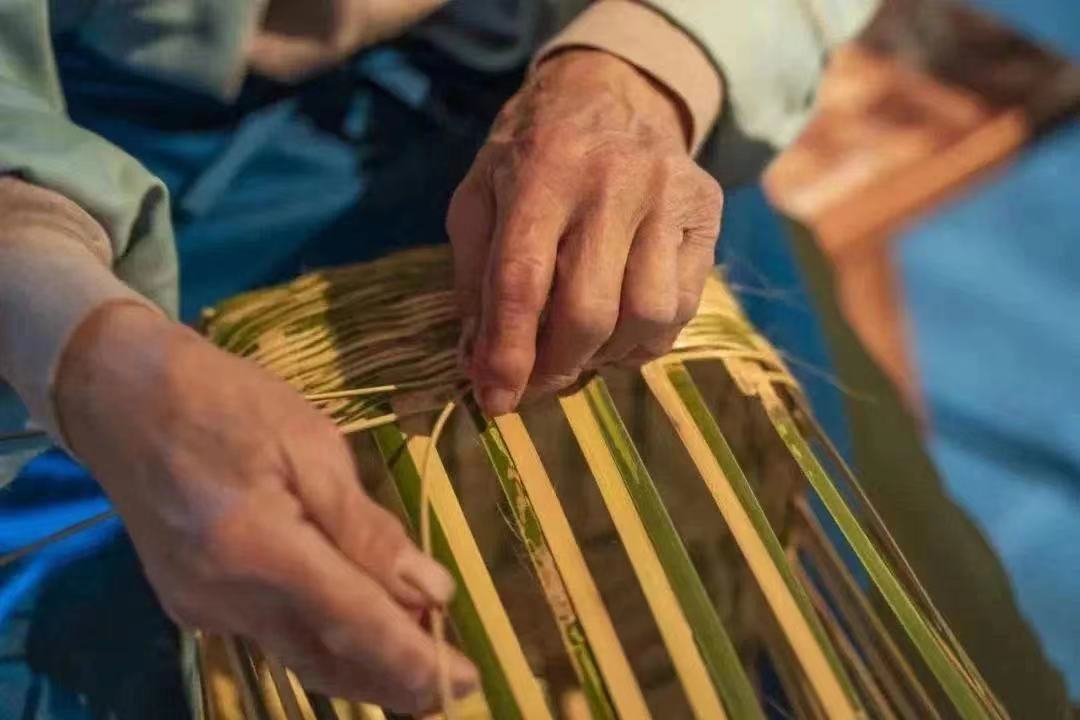
在乌江寨,常见的斑竹被伐下后,经过匠人一番编织。在纵横之间,一件器皿,亦或一件把玩的雅器便应运而生。
In Wujiang Village Resort, the bamboos are woven by the craftsmen. Between the vertical and horizontal weaves, a vessel or an interesting object to play is born.
地址:傩公公竹器铺-乌江寨花田街6号
Address: No.6 Huatian St., Wujiang Village Resort
03 花灯· 灯火微明映诗画
Lanterns
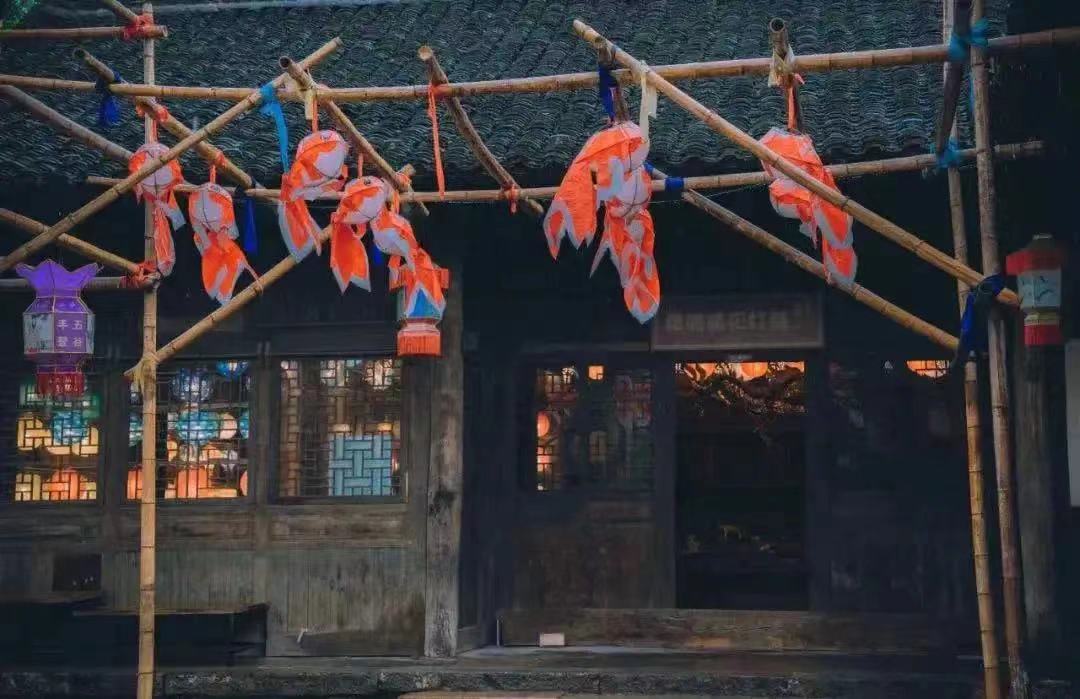
相传花灯起源于汉代,汉武帝在农历正月十五日于皇宫设坛祭祀太阳神,彻夜明灯,成为元宵节之滥觞。在唐宋时期,花灯在民间盛行。
It is said that lanterns originated in the Han Dynasty, when Emperor Wu set up an altar at the palace on the 15th of the lunar Janurary, and the lanterns were illuminated all night. In Tang and Song Dynasties, lanterns became popular.
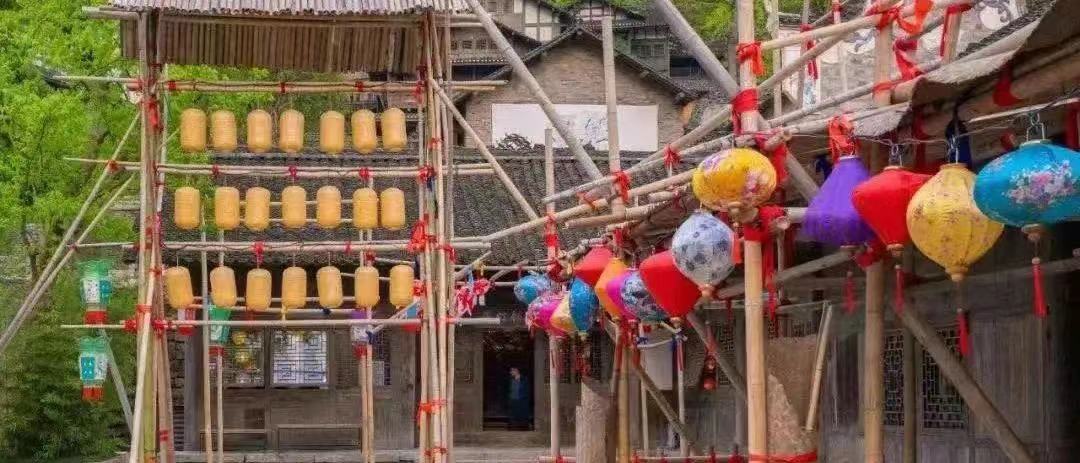 花灯制作会用竹木、绫绢、丝穗、彩纸等材料
花灯制作会用竹木、绫绢、丝穗、彩纸等材料
The traditional lanterns are made of bamboos,silk, tassels and coloured paper.
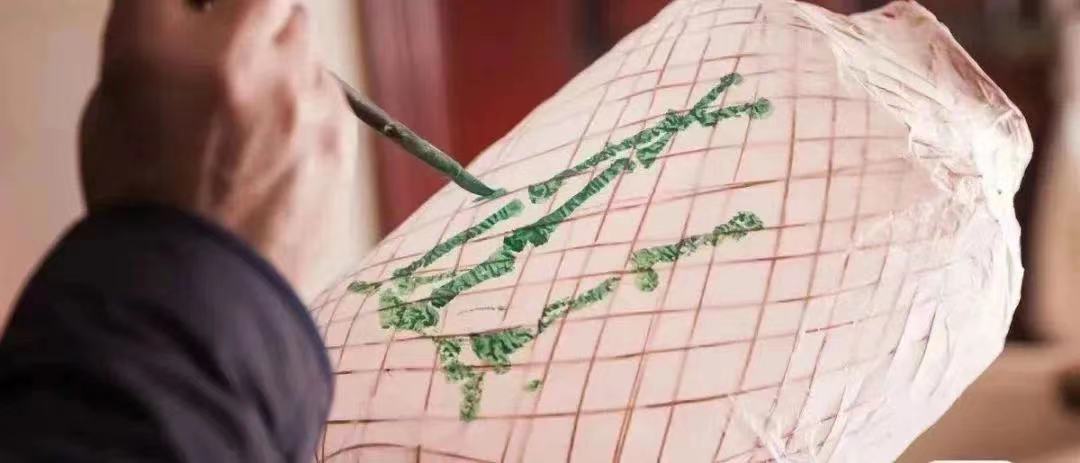 剪纸、书画、诗词装饰一般用于装饰花灯
剪纸、书画、诗词装饰一般用于装饰花灯
Paper-cutting, calligraphy, painting and poetry are used to decorate.
夜晚,乌江寨两岸灯火点亮,观者于流光溢彩中,徜徉在历史文化的长河。
At night, the banks are lit up, and the viewers wander through the long river of history and culture in the stream of light.
地址:傩婆婆花灯铺-乌江寨花田街8号
Address: No.8 Huatian St., Wujiang Village Resort
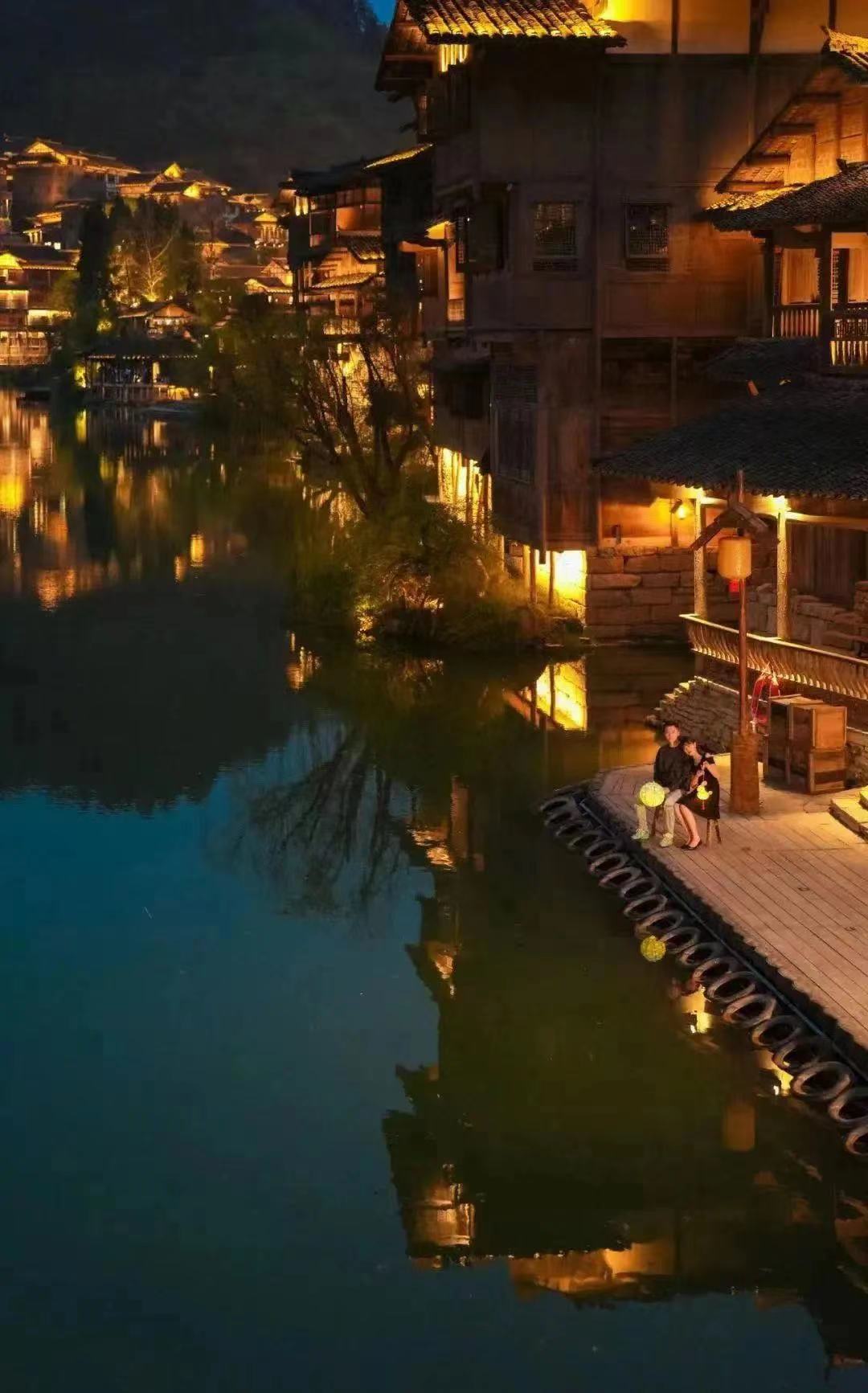
乌江寨实现了现代与传统非遗的碰撞,非遗因其非物质性,则更需要人与人,代与代间的沟通得以传承,手作体验坊则创造了这样一个公共空间,在这里,文化历久弥新。
It is a place where modernity meets traditional heritages. Because of the intangible nature, intangible heritages need to be passed on from person to person. The Workshop in Wujiang Village Resort creates a public space where culture is kept alive.
出品:贵州卫视国际传播部
撰稿:陈韵子(实习)
图片来源:详见图下方标注(若侵犯了您的合法权益,请与本网联系,我们将及时更正删除!谢谢)
部分参考资料:乌江寨Look公众号
翻译:陈韵子(实习) 李秋辰
一审:李秋辰
二审:田胤星
三审:余晓莹


